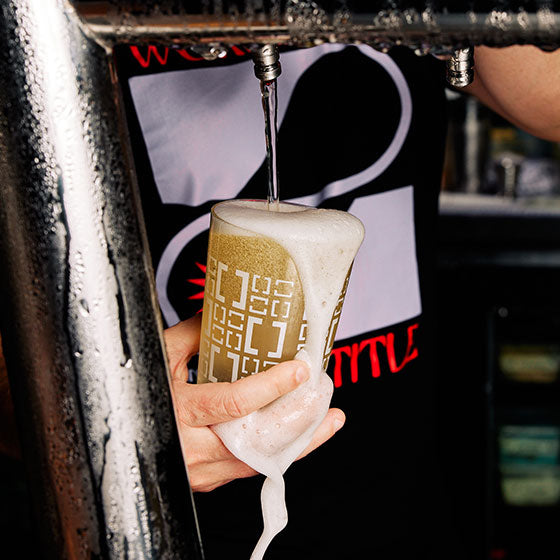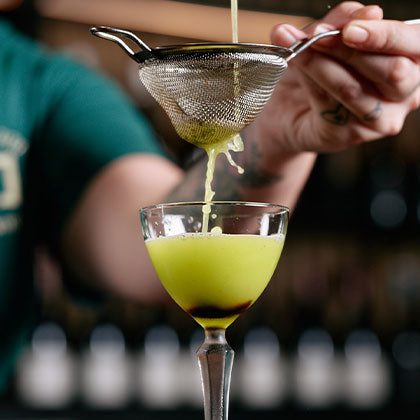We all have that friend that just doesn’t know when to quit. Incessantly pushing buttons, just to see what happens. This week we had a beer finish at 11.5%. And so I thought I’d talk about the monster that is High Gravity brewing.
There’s high gravity brewing and then there’s high gravity brewing, and of course high gravity brewing. Our 11.5% behemoth is somewhere on the high gravity brewing side of that spectrum. All naturally fermented with a single strain of saccharomyces cerevisiae; it was a long, slow, cool ferment.
There are a number of challenges when faced with a lot of sugar to ferment. Yeast need enough friends, to eat all the food. They need enough oxygen, to build all the new friends. They need restrained temperature, so they don’t get too excited and stuff themselves. And they need sufficient time, to get through all the food in a steady, sustainable manner. It’s the astute brewer’s job to make sure all these parameters are controlled.
To begin, we selected Nottingham, a pretty neutral strain of high attenuative (which means it eats all the food on the plate, rather than being too picky) saccharomyces. You can push Notto to produce delicate fruity esters at warm temperature, but this was not what we wanted for this beer. Notto is said to ferment up to 14%, although I’ve never personally pursued this.
To pitch, we ramped up the oxygen stone in the wort, in-line before the fermenter, on the cold side. We wanted to make sure there was enough O2 for all the trillions of yeast cells about to be born.
Next we fermented on the cooler side. Notto is great because you can take it all the way down to 10oC. We pitched at 15oC and kept the beer at 17oC for 4 days, then 19oC for 7 days and then 21oC for 5 days.
All in all, it was a steady, two and a half week primary ferment, with the Notto attenuating very well at 1017, and 11.5%abv. Now we will condition the beer for over a month, so all the big complex flavours can meld together.
So I hope now you can appreciate the gravity of the situation.















